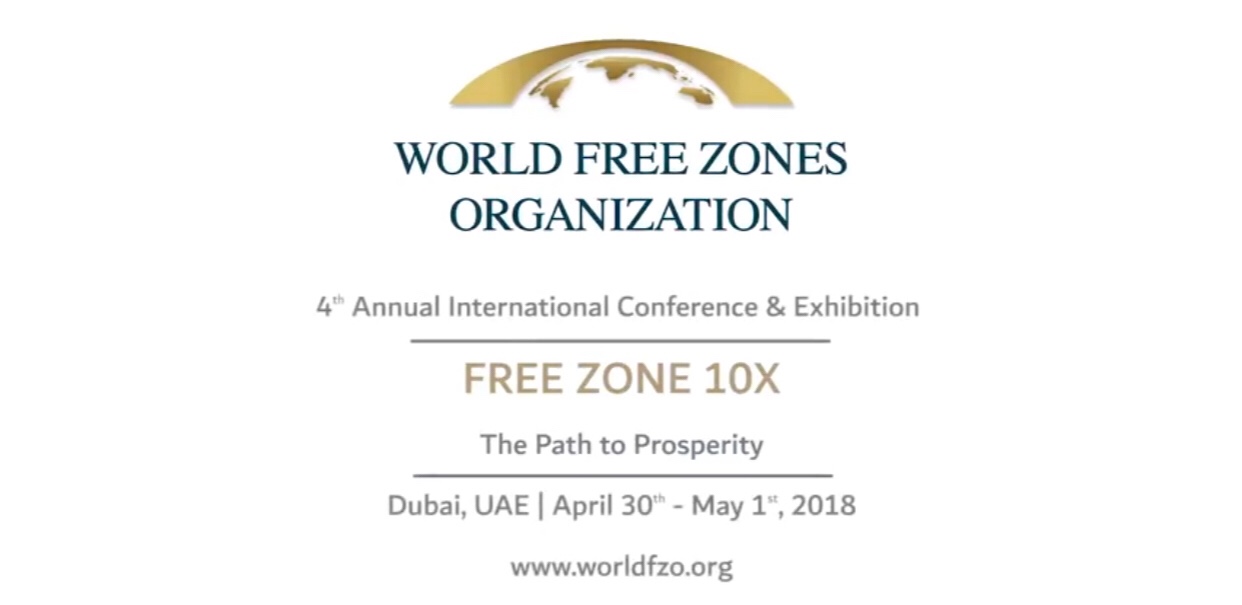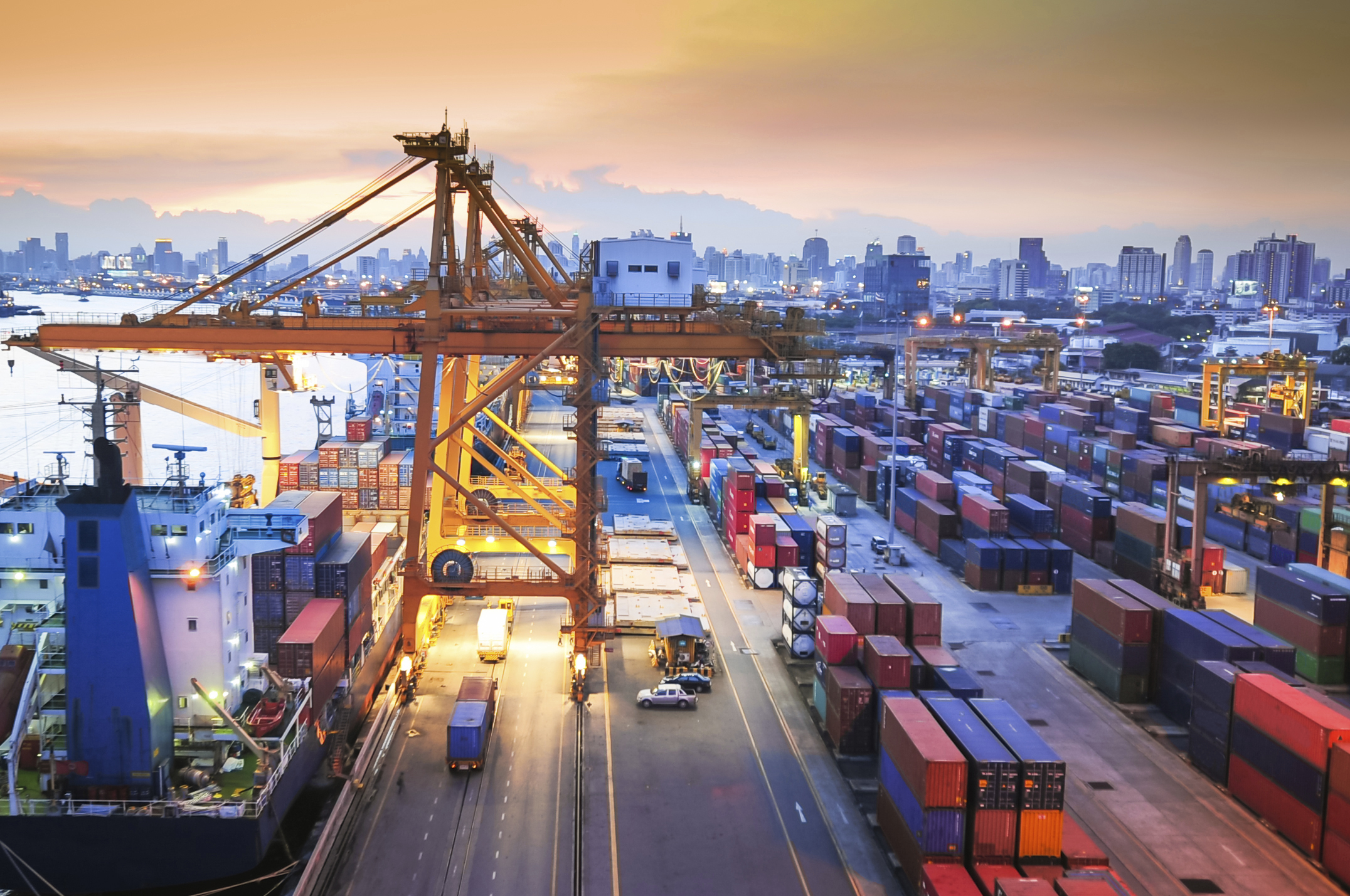Around the world, countries are rethinking the terms of engagement in global trade. This is not all bad; in fact, acknowledgement of globalization’s disruptive effects on millions of advanced-economy workers is long overdue. But new trade policies must be based on a clear-eyed understanding of how globalization is evolving, not on a backward-looking vision based on the last 30 years.
Globalization has done the world a lot of good Research from the McKinsey Global Institute shows that, thanks to global flows of goods, services, finance, data, and people, world GDP is more than 10% higher – some $7.8 trillion in 2014 alone – than it would have been had economies remained closed.

More interconnected countries capture the largest share of this added value. For example, the United States, which ranks third among 195 countries on MGI’s Connectednesd Index, has done rather well. Emerging-market economies have also reaped major gains, using export-oriented industrialization as a springboard for rapid growth.
Yet, even as globalization has narrowed inequality among countries, it has aggravated income inequality within them. From 1998 to 2008, the middle class in advanced economies experienced no income growth while incomes soared by nearly 70% for those at the top of the global income distribution. Top earners in the US, accounting for half of the global top 1%, reaped a significant share of globalization’s benefits.
To be sure, this isn’t all, or even mostly, a result of globalization. The main culpit is technological change that automates routine manual and cognitive tasks, while increasing demand (and wages) for highly skilled workers. But import competition and labor arbitrage from emerging economies have also played a role. Perhaps more important, they have proved more salient targets of voters’ fear and resentment.
Indeed, in the industries and regions hit hardest by import competition, years of simmering discontent have now boiled over, fueling support for populists promising to roll back globalization. But, as the advanced economies reformulate trade policy, it is critical that they understand that globalization was already undergoing a major structural transformation.
Since the global financial crisis, cross-border capital flows have plummeted, with banks pulling back in response to new regulation. From 1990 to 2007, global trade grew twice as fast as global GDP; since 2010, GDP growth has outpaced that of trade.

Image: TeleGeography, Global Internet Geography; McKinsey Global Institute analysis
Both cyclical and secular forces are behind the trade slowdown. Investment has been anemic for years. China’s growth has slowed – a secular trend that is unlikely to be reversed. And the expansion of global supply chains seems to have reached the frontier of efficiency. In short, slower global trade, is likely to be the new normal.
None of this is to say that globalization is in retreat. Rather, it is becoming a more digital phenomenon. Just 15 years ago, cross-border digital flows were almost non-existent; today, they have a larger impact on global economic growth than traditional flows of traded goods.
The volume of cross-border data flows has soared 45-fold since 2005, and is expected to grow another nine-fold over the next five years. Users worldwide can stream Beyoncé’s latest single immediately upon its release. A manufacturer in South Carolina can use the e-commerce platform Alibaba to buy components from a Chinese supplier. A young girl in Kenya can learn math through Khan Academy. Eighty percent of students taking Coursera’s online courses live outside the US.
This new form of digital globalization is more knowledge-intensive than capital- or labor-intensive. It requires broadband connections, rather than shipping lanes. It reduces barriers to entry, strengthens competition, and changes the rules governing how business is done.
Consider export activities, which once seemed out of reach for small businesses lacking the resources to scout out international prospects or navigate cross-border paperwork. Now, digital platforms like Alibaba and Amazon enable even small-scale entrepreneurs to connect directly with customers and suppliers around the world, transforming themselves into “micro multinationals.” Facebook estimates that 50 million small businesses are on its platform, up from 25 million in 2013; 30% of these companies’ Facebook fans, on average, are from other countries.
While digital technologies open the door for small companies and individuals to participate in the global economy, there is no guarantee that sufficient numbers will walk through it. That will require policies that help them take advantage of new global market opportunities.
The US has pulled out of the Trans-Pacific Partnership (TPP) deal, but many of the issues it addressed still require global rules. Data localization requirements and protectionism are on the rise, and data privacy and cyber-security are pressing concerns. In the absence of the TPP, it will be critical to find some other vehicle for establishing new principles for digital trade in the twenty-first century, with a greater emphasis on intellectual property protection, cross-border data flows, and trade in services.
At the same time, advanced economies must help workers acquire the skills needed to fill high-quality jobs in the digital economy. Lifelong learning cannot just be a slogan; it must become a reality. Mid-career retraining must be made available not only to those who have lost their jobs to foreign competition, but also to those facing disruption from the continuing march of automation. Training programs should be able to impart new skills in a matter of months, not years, and they should be complemented by programs that support workers’ incomes during retraining, and that help them relocate for more productive work.
Most of the advanced economies, including the US, have not adequately responded to the needs of the communities and individuals left behind by globalization. Addressing these needs is now of paramount importance. Effective responses will require policies that help people adapt to the present and take advantage of future opportunities in the next phase of digital globalization.
Source: Laura Tyler, Berkeley Haas School of Business/Susan Lund, McKinsey Global Institute
The World Trade Organization predicts a slight recovery in international trade for 2017 and 2018, albeit with many uncertainties.
Historically, the volume of world merchandise trade has tended to grow between 1.5 times to twice as fast as world GDP. But since 2012, trade has only been growing at a rate equal to or below that of GDP. In 2016, 20 of the world’s largest shipping companies sold $120 billion, compared to $200 billion in 2012. The downturn of the Chinese economy and other emerging economies, as well as the contraction of investment in the US during recent years, may explain part of this deceleration – but not all of it. Other technological and political factors could indicate a long-term anti-globalization trend. This would create a world very different to the one we know.
“Historically, the volume of world merchandise trade has tended to grow between 1.5 times to twice as fast as world GDP. But since 2012, trade has only been growing at a rate equal to or below that of GDP”.
Firstly, technological development is bringing production and manufacturing closer to the final destination of goods – the end user. The most obvious example is energy. We have new technologies for extracting oil. We are making progress in renewable energy to tackle climate change. As technology improves in these areas, the dependence of US and European energy consumers on third-party countries decreases. As a result, so does the need to transport millions of barrels of oil (55% of world trade in 1970) and tons of coal.
Thanks to new shale extraction techniques, the US – the world’s leading energy consumer – is becoming energy independent in oil and natural gas. This has a large impact on world trade and geopolitics. Given its growing energy independence, the US may reduce its onerous role as guarantor of maritime security. A large part of its interest in this role, which it has played since 1945, has been to ensure the transport of fossil fuels to the West.
Even more relevant, though still in its infancy, is the impact of robotic development on international trade. As the Fourth Industrial Revolution and its process of extreme automation spreads through our factories, and as robots become more efficient and affordable, practices such as offshoring manufacturing to places with cheap labour will most likely decline. Why relocate a factory to Vietnam or Poland if it can stay in California or Stuttgart with reliable robots that are more accurate, can work 24/7, and are less demanding than human workers? Millions of employees in the East may lose their jobs over the next few decades, substituted by robots in the West.
Advances in 3D printers may soon make it possible to substitute large factories with much smaller ones, closer to the consumer, where the manufacturing process is simplified thanks to the reproduction of models. Other radical changes in artificial intelligence and nanotechnology will come. New materials could be manufactured near the consumer, in order to substitute natural materials that need to be transported from distant mines and deposits. These changes will become more apparent over the next decade and will also influence the contracting process of trade. With less international trade and less maritime security, the price of maritime transport may spiral upwards.
Nevertheless, political reasons are an influencing factor, as evidenced by the latest European and US elections and Brexit. There are important sectors of the Western population that feel that abandoned by globalization.
The process of accelerated globalization, which began with China’s entry into the WTO on December 11, 2001, has been extremely positive for humanity as a whole. This model of globalization consists of offshoring manufacturing to countries based on cost efficiency variances, primarily labour costs. It lifted billions of people out of poverty in Asia, Latin America and Africa, and it allowed developing countries to grow significantly.
During the last 17 years, China increased its GDP from $1.2 trillion to $11 trillion, a sign of historically unprecedented growth for a country of this size. A similar phenomenon occurred in India, Vietnam and others. This model of globalization has also supported the growth of large multinational companies that have been able to offshore production processes and increase directors’ and shareholders’ income, as well as those of their employees and suppliers (including SMEs).
Furthermore, it has been excellent for consumers, enabling everyone to access an endless number of products at competitive prices. However, these benefits are not noted in the industrial communities of the American Midwest, in the mining and metallurgical areas of Liverpool and Manchester, and in formerly industrialized, rural areas of France. The people of these communities, duly indoctrinated, are starting to form the backbone of western democracies. They are afraid of a world of which they are losing grasp. These people call for tariffs and protectionism. Whether we like it or not, leaders of any political persuasion must make them happy by imposing stricter rules on trade (fair trade) by enforcing tariffs or abandoning certain trade agreements, even if some of us think this will not bring back the jobs as promised.
International trade of goods based on offshore manufacturing will obviously continue to exist, but it will tend to decline below world GDP growth. International organizations that were created after the Second World War will have to focus on the new challenges a different kind of globalization brings. These will require coordinated responses to other issues, such as climate change, migration, major financial crises, investment protection and cybersecurity.
Source: Jaime Malet, ICC, Spain
Don’t miss one of the most i teresting events of the year, AICE 2018 in Dubai April 30th to May 1st.

Prosperity, goes much beyond mere economic growth, and ensures inclusive, sustainable development of a society, by addressing the needs and expectations of all key stakeholders. Economic policy should be designed to be inclusive and offer welfare benefits and chances for higher income and well being to all members of the society.

With a view to offer ways for such equal and shared prosperity, the World FZO shall focus on three specific themes as follows during the fourth Annual International Conference and Exhibition 2018 (AICE 2018).
Introduction video to the event: (click here).






You must be logged in to post a comment.